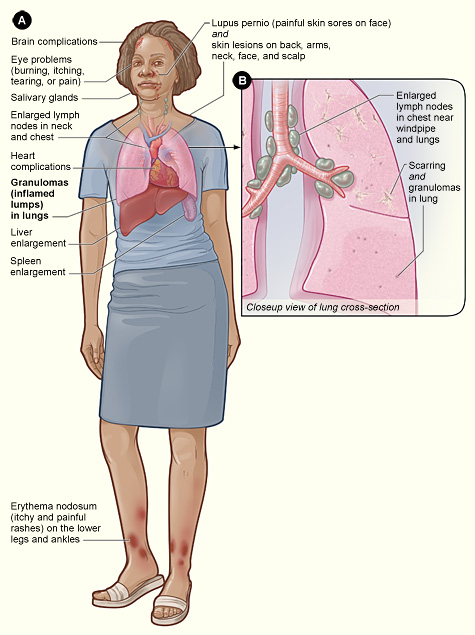 Share PL | NL | FR | ES | PT | IT | DE | DK | NO | SE | FI | GR | JP | CN | KR | RU | AE
Share PL | NL | FR | ES | PT | IT | DE | DK | NO | SE | FI | GR | JP | CN | KR | RU | AE
The diabetes diagnosis is traditionally based on demonstrating high blood glucose. if HbA1c score of 5.7% to 6.4% then it indicates prediabetes. HbA1C was used only for monitoring of therapy of diabetes.
HbA1c served as a very valuable tool for differentiating diabetes mellitus from stress/reactive hyperglycemia in non-diabetics. At times, we can also use it to diagnose diabetes in patients who had blood glucose values in equivocal ranges. as early as in the beginning of 2009 HbA1c should become a diagnostic test for diabetes, just based on logic.
The major advantage of HbA1c is that it does not require a fasting state for testing, thereby encouraging more people to undergo testing. On the other hand, it is quite expensive. in most centers, the cost of HbA1C testing is 5-10 times the cost of a plasma glucose testing. Hopefully, with more testing, the costs will come down.
While it is very simple to organize a diabetes screening test with your local doctor there is no test to actually say whether you have the condition diabetes type I or diabetes type II. these are basically preventative tests which will measure the amount of glucose in your urine as this is directly linked to the level of glucose in your blood which can indicate the onset of diabetes.
The more common diabetes symptoms above, a diabetes test will potentially allow the doctors to take preventative action which could actually prevent the onslaught of full scale of diabetes. in a worst-case scenario, it will also allow doctors to subscribe medication which will avert any potentially life-threatening situations which can occur if diabetes goes untreated.
The more that the medical professions know about pre-diabetes and what may or may not bring it on the more chance we will at some point see an improvement in diabetic treatments and diabetic medicines. for many years this has been the hidden medical condition which could ultimately kill millions of people if left undetected and untreated. while above-average levels of glucose in your urine and your blood are very closely related to a diabetes condition there are also other reasons why it may be artificially higher than average.
Many young children have undergone regular diabetic screening tests predominately because of their intake of high sugar content drinks which are more commonplace today than ever before.
Very often a sudden rush of sugar into the bloods can create an artificially high glucose measurement which in a one-off test could be taken as a potential diagnosis of diabetes.
As a consequence, if a diabetes diagnosis screening test was to show above average levels of glucose it is highly likely that short-term medication or advice may be administered and further tests would be undergone further down the line. as we mentioned above, there is no one-off test to say whether a person has diabetes or not as this is purely and simply the body’s ability to ingest (or not ingest) glucose from the blood.
Share